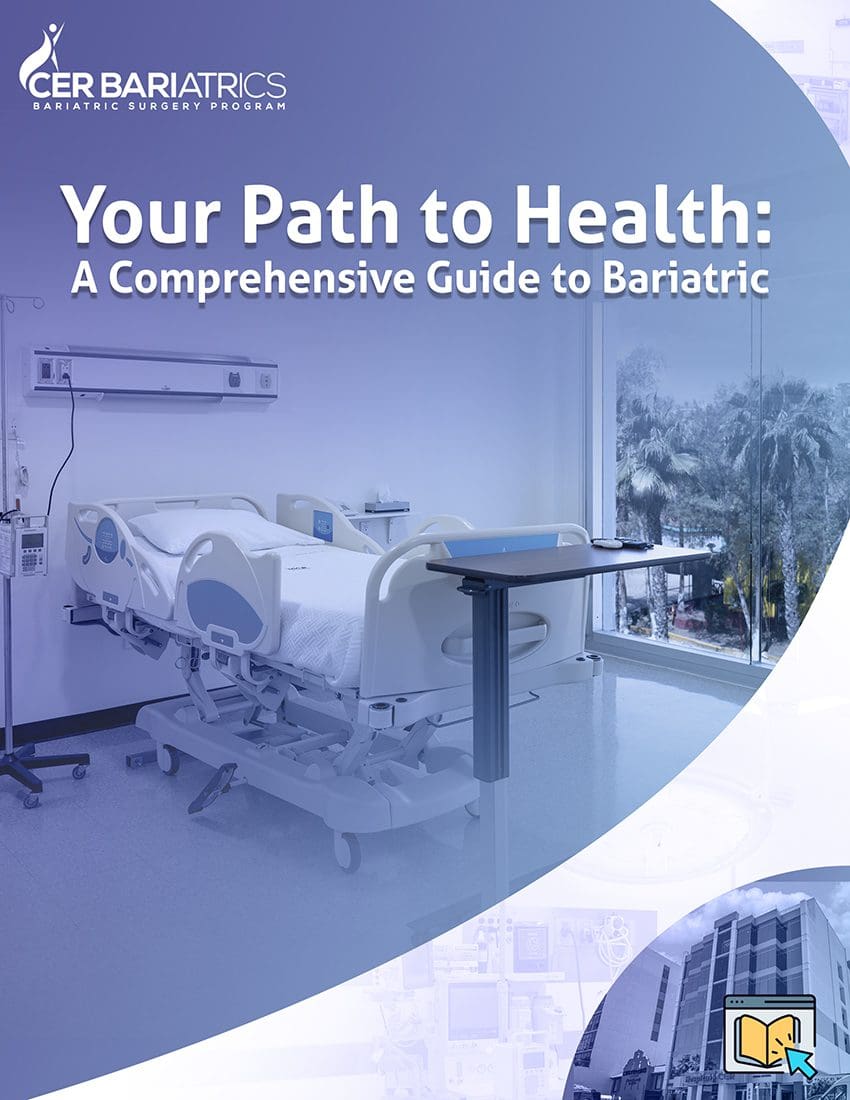Are you thinking about undergoing weight loss surgery and embarking on a transformative journey to a healthier, more fulfilling life? If so, you have probably come across two prominent options: the Duodenal Switch and the Gastric Sleeve. We will explore these procedures in a straightforward and easily understandable manner. Our goal is to provide you with the knowledge you need to make an informed decision about which path to choose on your weight loss journey.
What is Duodenal Switch Surgery?
Duodenal Switch surgery, also known as biliopancreatic diversion with duodenal switch (BPD/DS), is a highly specialized weight loss procedure. It combines aspects of both restriction and malabsorption to promote rapid and substantial weight loss. The surgery involves creating a smaller stomach pouch and rerouting a portion of the small intestine to limit nutrient absorption.
Rapid Weight Loss with Nutritional Considerations
- One of the key features of the Duodenal Switch is its potential for rapid weight loss. This dual approach of restricting food intake and limiting nutrient absorption can lead to significant and sustained weight loss. However, it comes with a responsibility—nutritional monitoring. Due to the malabsorptive aspect, individuals who undergo this surgery must commit to lifelong monitoring of nutrient levels.
What is Gastric Sleeve Surgery?
Gastric Sleeve surgery, also known as sleeve gastrectomy, has gained widespread popularity for its simplicity and effectiveness. This procedure involves the removal of a part of the stomach, leaving behind a smaller “sleeve” or pouch. This reduction in stomach size restricts the amount of food that can be consumed, promoting weight loss.
Effective Weight Loss Results
- Gastric Sleeve surgery is renowned for its effectiveness in helping individuals achieve their weight loss goals. It offers a balanced approach by reducing the stomach’s size without interfering with nutrient absorption in the intestines. This procedure often leads to substantial and sustainable weight loss results.
Duodenal Switch vs. Gastric Sleeve: A Comparative Analysis
- Duodenal Switch vs. Gastric Sleeve: Both Duodenal Switch and Gastric Sleeve surgeries are effective in promoting weight loss, but their mechanisms differ significantly. Duodenal Switch primarily relies on malabsorption in addition to restriction. It limits food intake and nutrient absorption in the intestines. Gastric Sleeve, on the other hand, primarily focuses on restriction by reducing the stomach’s size. This allows individuals to feel full faster and consume smaller portions.
- Long-Term Considerations: When contemplating these weight loss procedures, it’s crucial to consider long-term implications. Duodenal Switch’s malabsorptive aspect means you will need lifelong monitoring of nutritional levels. Gastric Sleeve, while also requiring a commitment to dietary changes, doesn’t have the same level of nutrient absorption
What is the Biggest Difference?
Both VSG and BPD/DS are done laparoscopically as opposed to an open incision approach. In laparoscopic sleeve gastrectomy, only physical change is made to your body. Whereas, in the classic DS surgery, physical and chemical changes are made to your body.
The Duodenal Switch is considered the most effective and complex weight loss surgery. However, it has higher complication rates and side effects. Both sleeve and DS procedures are efficacious in inducing weight loss and improvement in obesity-related conditions. The success of patients losing weight with the less invasive Gastric Sleeve has caused a limited number of DS surgeries.
Amount of Weight Loss
Patients with duodenal switch lose more excess weight due to additional malabsorptive components (refashioning the small intestine). Research studies at 18-24 months after surgery show that:
- The patients with gastric sleeve lose an average of 65% to 75% of their excess body weight.
- The patients with duodenal switch lose an average of 75% to 85% of their excess body weight
However, the patients tend to achieve a relatively lower BMI than those who underwent Gastric sleeve surgery. Weight loss in DS patients lasts longer also. Duodenal Switch is mainly reserved for the morbidly obese.
Reversal of Obesity-Related Disease
Both surgeries lead to a significant reversal of obesity-associated conditions. There is a higher rate of resolution of comorbid conditions, such as:
- diabetes type 2 (T2DM),
- hypertension
- dyslipidemia
- obstructive sleep apnea
- osteoarthritis
- etc.
Comparing Costs and Insurance Coverage
Gastric sleeve surgery costs range from $3,995 to $19,500, depending on where the procedure is performed. In Mexico, the price ranges from $3,995 to $8,995. To maintain a high-quality procedure, the all-inclusive package for sleeve surgery in Mexico must be over $4,395. In the United States, self-pay ranges from $15,000 to $30,000 for gastric sleeve surgery.
Duodenal switch surgery costs between $6,995 and $35,000 worldwide. At CER Bariatrics, our surgical teams pioneered duodenal switch surgery in Mexico and have some of the most highly trained surgeons specializing in duodenal switch surgery. Our price is only $7,200.
The duodenal switch operation is more complicated than gastric sleeve surgery and therefore more expensive. The average cost of a duodenal switch is $29,000 compared to the average price of gastric sleeve surgery of $19,000 in the United States. The cost of both surgeries is lower outside the United States. While some insurance policies cover gastric sleeve surgery, fewer cover duodenal switch. Patients who undergo duodenal switch also incur $1,500 per year in additional supplements and necessary tests.
Frequently Asked Questions: Your Curiosities Addressed
- What is the disadvantage of a duodenal switch?: The primary disadvantage of Duodenal Switch surgery is the need for lifelong nutritional monitoring due to the malabsorptive aspect. It’s crucial to ensure that essential nutrients are adequately absorbed, which may require supplements.
- Is a duodenal switch better than a gastric bypass?: The choice between a Duodenal Switch and a Gastric Bypass depends on individual factors, including weight loss goals and health considerations. Duodenal Switch may be recommended for those with higher BMI and more significant weight loss goals.
- Is the duodenal switch the same as the gastric sleeve?: No, Duodenal Switch and Gastric Sleeve are distinct procedures. While both promote weight loss, they differ in their mechanisms and long-term considerations.
- Is the duodenal switch worth it?: The worthiness of Duodenal Switch surgery varies from person to person. It can be highly effective for rapid weight loss but requires a commitment to lifelong nutritional monitoring.
Your Journey, Your Decision
The choice between Duodenal Switch and Gastric Sleeve surgeries should align with your unique weight loss goals, health considerations, and commitment to post-operative care. Both procedures offer powerful tools to initiate your weight loss journey and enhance your overall well-being.
Success in your weight loss journey extends beyond the surgery itself. It continues through mindful eating, regular exercise, and a commitment to a healthier lifestyle. Whichever path you choose—Duodenal Switch or Gastric Sleeve—it’s a step towards reclaiming your health, boosting your confidence, and embracing a vibrant, fulfilling life.
Get A Virtual Consultation Here!
Related Post
Learn how to kickstart your weight loss journey






